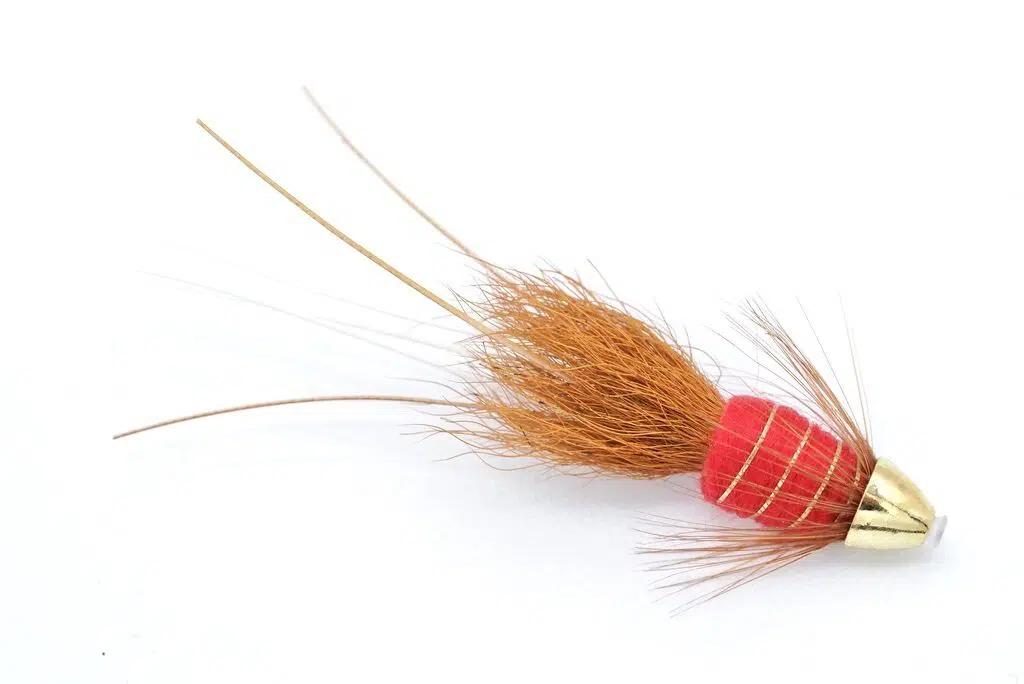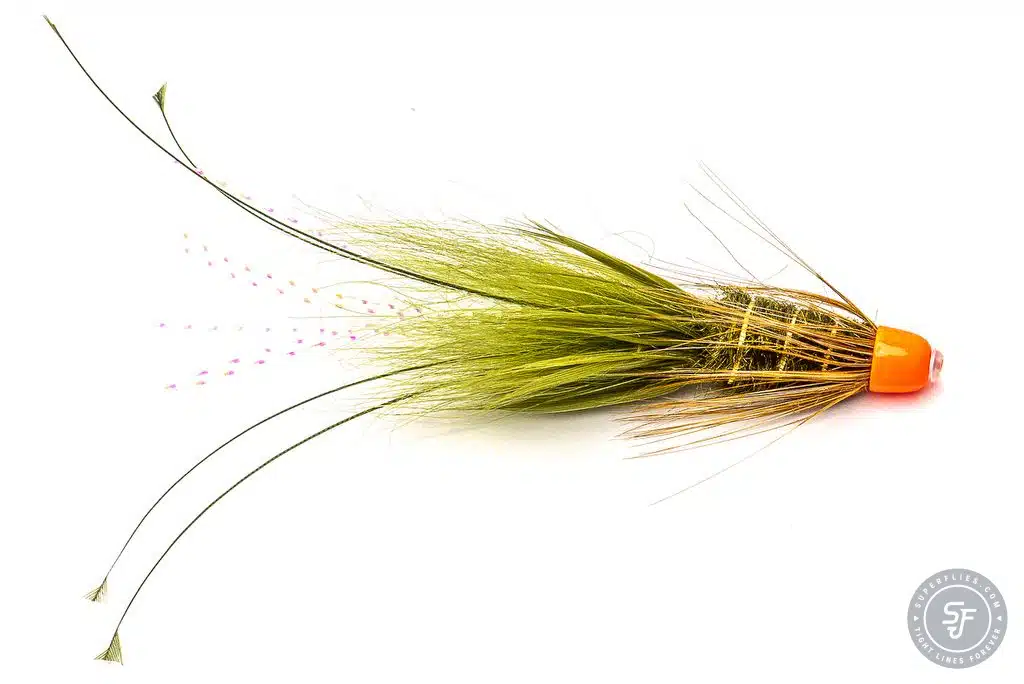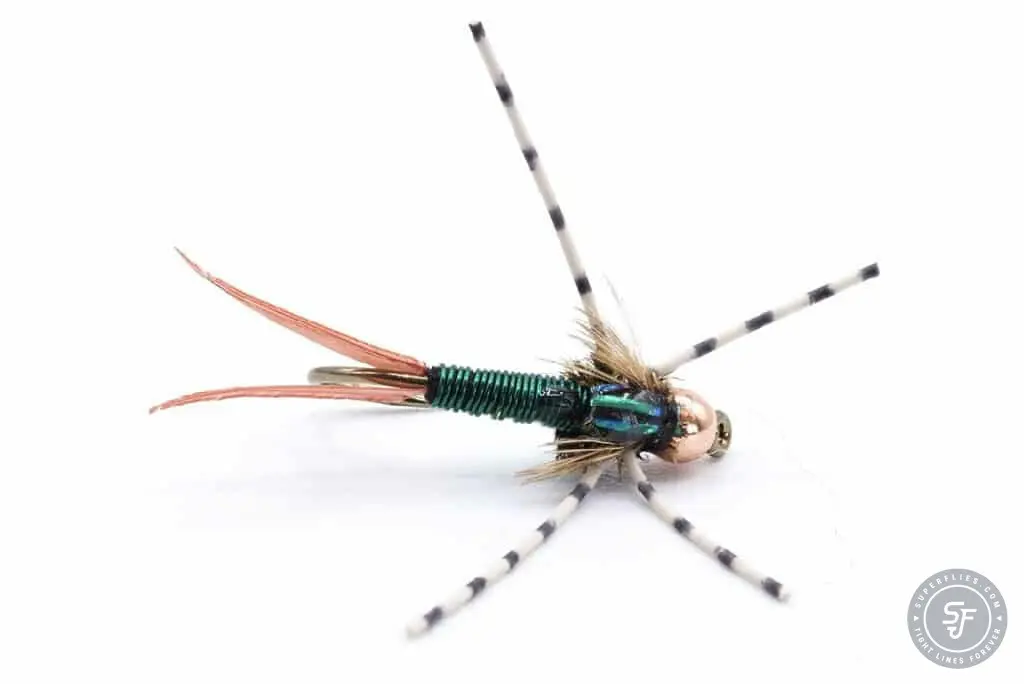Superlifes » Flies for Finnmark salmon rivers – Arctic Fishing guides’ tips for Northern Norway
27-11-2023
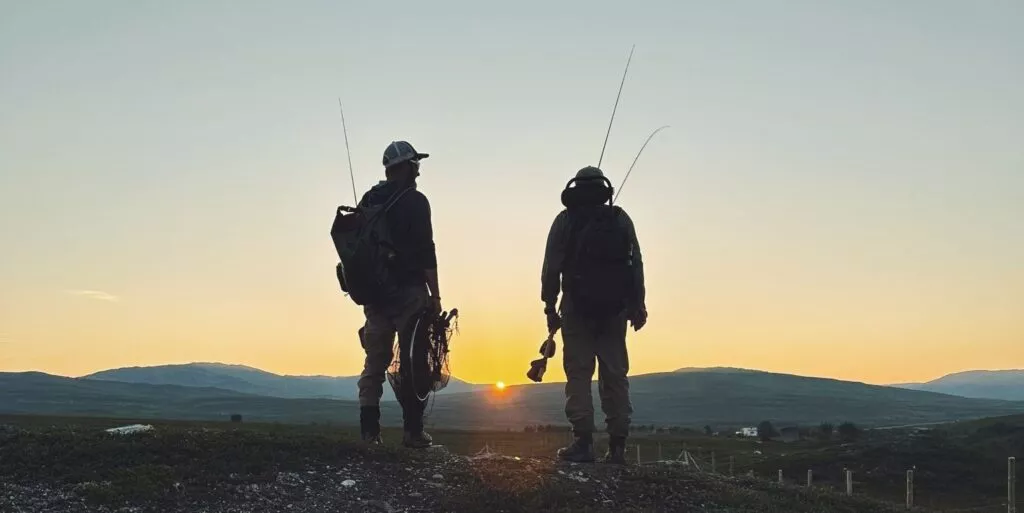
Vestre Jakobselva, Komagelva, Skallelva, Repparfjordelva, Syltefjordelva and Lakselva… These are just some of the many Finnmark salmon rivers Pasi Karvonen from Arctic Fishing has guided and fished for decades. Teemu Anttonen, likewise a guide at Arctic Fishing, has also fished the area since the mid-90s. We asked the two gentlemen to share their favorite flies for Northern Norway along with how to build an effective arsenal of Finnmark flies.
Text: Antti Kalske
Pictures: Pasi Karvonen and Teemu Anttonen
A quick glance at Superflies’ bestselling flies suggests that a significant share of our customers must be heading to the Finnmark region in Northern Norway. There are as many ways to build an effective fly selection for a week of salmon fishing there as there are anglers, but how would a seasoned guide approach the challenge? I decided to find out by peeking inside the fly boxes of Pasi Karvonen and Teemu Anttonen, who are both guides at Arctic Fishing, a company specialized in arranging custom salmon fishing trips in Northern Norway, Sweden and Finland. Pasi, who owns the business, has guided throughout the region during recent years, while Teemu specializes in the Repparfjordelva river, where Arctic Fishing also hosts their own Arctic Fishing Lodge.
So what kind of principles would they recommend when planning what flies to bring along?
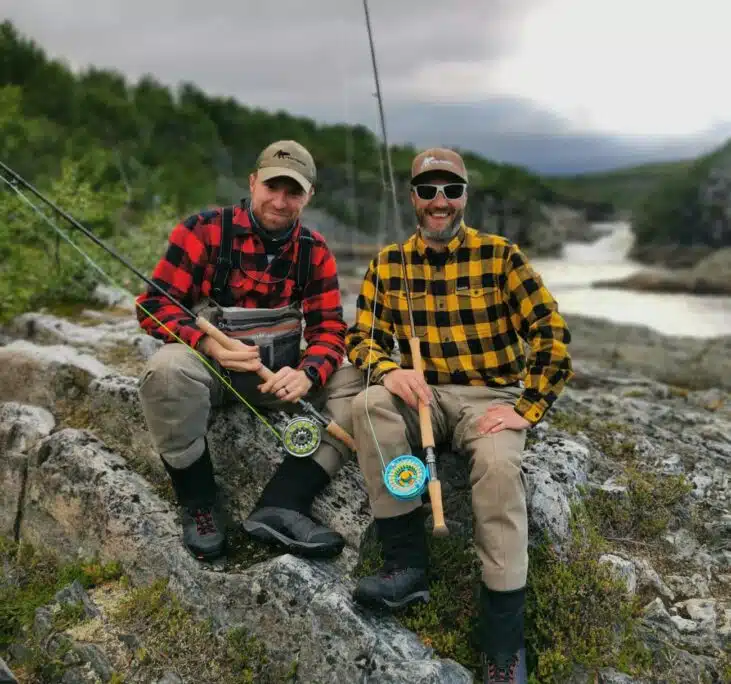
“First of all, you don’t need every possible size and variation of each fly, but you do need a sufficient amount of different color and size options for each fishing technique. Quite often you need to be able to radically change either the size or color of the fly. In Finnmark, at least double hook flies, surface flies from traditional bombers to riffling hitches, and big Sunrays are some of the most important categories, and you’ll need to have a handful of options for each of them,” Pasi outlines. “Although Red Frances is not one of my own favorites, many do use it very effectively. I prefer Patagonia-style rubberlegged nymphs for upstream techniques, if I want to try something different.”
Let’s dig deeper into each category. Sizes, patterns, colors?
“When it comes to doubles, sizes #8-14 are most typically used, and some downsize even to Iceland-style micro flies successfully. At least black with green, olive and something white-winged are important color combinations. Green Butt, Sarvijaakko and Blue Charm are classic examples of these,” Teemu says. Pasi nods, although his own fishing clearly focuses on the smaller edge of the spectrum: “I use small, meaning #12 and onwards, doubles throughout the season. Undertaker is my go-to pattern, on par with Panomies and Green Highlander. The white-winged flies Teemu mentioned, for example Royal Coachman, are worth a shot for running fish, while the bright orange Ally’s Shrimp is my special tool for colored water after heavy rain.”
Both become visibly excited when we move on to discussing dry flies. After all, surface action is one of the main reasons for fly fishing Northern Norway! “For the last few years, I’ve been concentrating mainly on riffling hitch fishing. I use foam hitches, as well as simple micro hitches with a black wing and clear tube, or perhaps black and purple,” Teemu explains. Pasi has also found hitches to be effective flies in Finnmark, but likes them with a hint of blue or green: “I use small and even micro hitches, which have given me even some very nice larger fish. For example the colors in Blue Charm or Green Butt Fancy hitch work well in Norwegian rivers.” (Please note that the Superflies 1/2″ micro hitch size is TINY, and best reserved for special situations with very light hooks. The also small 3/4″ size matches better with what Pasi refers to as “micro hitches”)
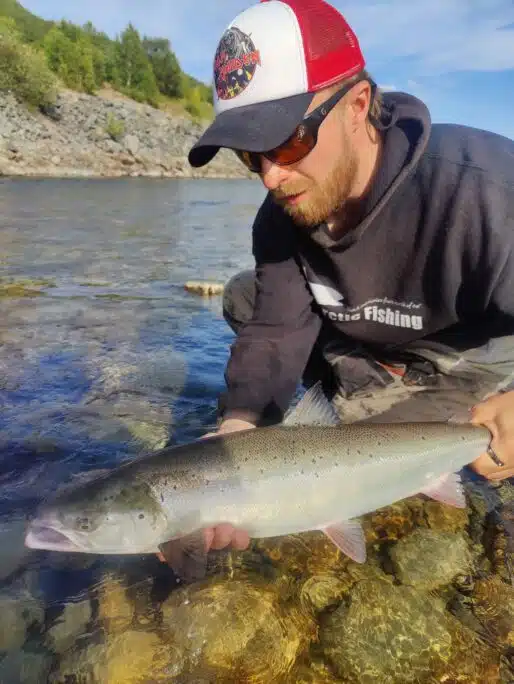
You obviously cannot talk about fly fishing in the Finnmark region of Norway without mentioning bomber flies. Especially the Finnish Pompero, which both gentlemen name as their favorite dry fly. “I use blue a lot, as well as olive,” Pasi reveals. Teemu on the other hand trusts hot spots in his dry flies: “I’ve got to say grey with a chartreuse or green with an orange hot spot. A black Pompero can also be effective. I also use Klinkhamers in sizes #6-10 when the water level is low. That said, the number one dry fly this year was a gold Surffilauta foam fly!”
Teemu prefers big Sunrays up to over 15 cm in length, while Pasi opts for more moderate, maximum 10 cm flies. “Sunray Shadow and Green Monkey are great choices as searching patterns, and you often get at least some kind of reaction in the pool. Also, passive fish can sometimes be enticed to strike by increasing the size of the stimulus – or at least it might trigger them to become more active,” Pasi recounts. I got to also personally evidence the effectiveness of Teemu’s signature mylar-body Green Monkey a few years back, which is why we obviously needed to add a mylar Sunray with the same irresistable green glow into our selection. We named ours Finnmark Monkey.
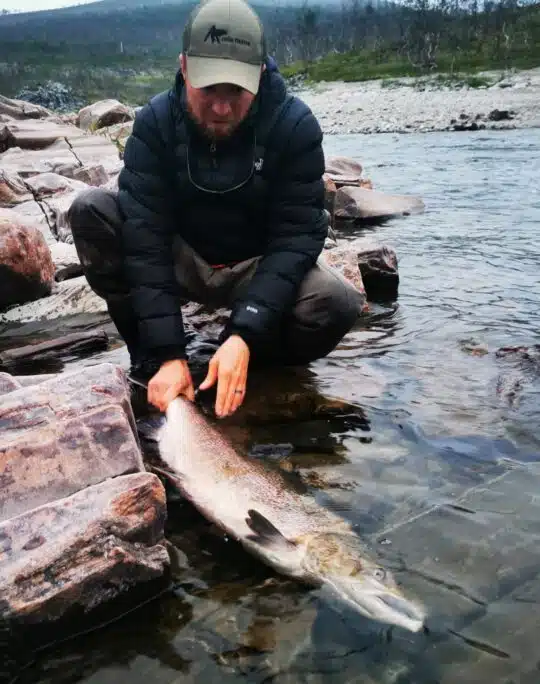
Now we have been talking about Finnmark instead of specific rivers in the region. But do these tips apply similarly from Repparfjordelva in Western Finnmark to say, Vestre Jakobselva in the Varanger area? Does the timing of the trip play any role?
“As a rule, I would say that the same flies, techniques and sizes work all over Finnmark. I have guided clients on for example Vestre Jakobselva, Komagelva, Bergebyelva, Repparfjordelva and Syltefjordelva, and my experience is that the same flies work in all those locations. It seems that for some, Frances and other weighted tubes have a slightly larger role when fishing Lakselva, but even there small flies, dries and hitches are just as effective as anywhere else,” Pasi says.
“Also, the exact week of the trip does not play a decisive role, but the water level does. Typically end-season water levels tend to be lower than early season, but it seldom goes this straightforward,” explains Pasi. Teemu agrees, but acknowledges that his fly choices do slightly vary through the season: “I downsize towards the end of the season and use even more dry flies. Green Monkey and other big Sunrays get more time in the water in August when the sun starts to set and we get proper dark nights.” Pasi also ditches the small flies when darkness sets in and goes for the large silhouettes.
While conditions can change throughout the season, they can and will also dramatically change during a single day of fishing. And this can also have an equally dramatic effect on which flies are hot. The highlight of Pasi’s past season was actually one of these moments, when a sudden change in weather and fly pattern yielded desired results. “For days it had been raining, cold, gloomy weather. We were fishing a small pool with a customer, where we could see but not activate fish. Then out of nowhere, the sun suddenly came out. I shouted to my client to wade back and quickly tie on a white-winged fly with a gold hook. Soon he was back in business, and on the second cast hooked a nice fish. You can guess how excited we both were at that moment!”
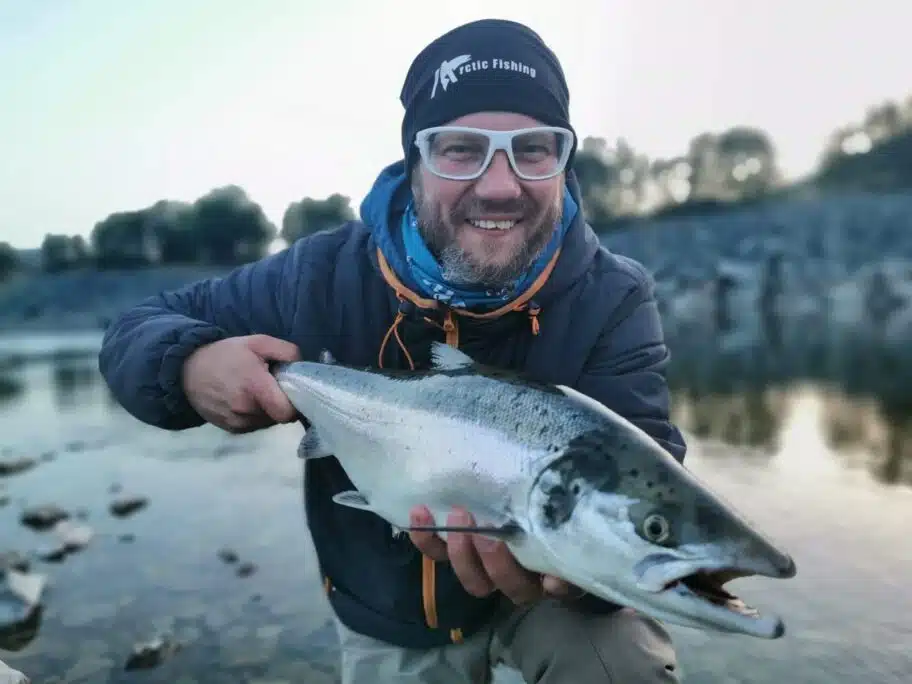
However, the right color or size doesn’t guarantee catching fish, you also need to fish them right. Teemu gives an example of the importance of varying presentation when fishing with hitches: “I usually fish riffling hitches with speed, casting across the pool and stripping with both hands holding the rod under my arm. Sometimes the fish will shoot past the fly or only check it out. In these situations, I’ll rest the spot for a short while, possibly change to another fly, and fish it as slowly as possible, basically only holding the hitch where I think the salmon is sitting. Many times this results in a proper take, so it pays off to vary your fishing technique and try different approaches.”
If you are planning a trip to one of Northern Norway’s abundant salmon rivers, one option is to build your arsenal of Finnmark flies based on Pasi’s and Teemu’s recommendations. In practice that means following this 3 or 4 step guide (or if you prefer the TLDR approach, you’ll find these flies in a pre-selected package):
1. Reserve different double hook flies in sizes #8-14, with enough variation in color and size. At least for the most important models it is worth having at least two clearly different sizes (for examples #8 and #12 or #10 and #14), in order to be able to vary the size.
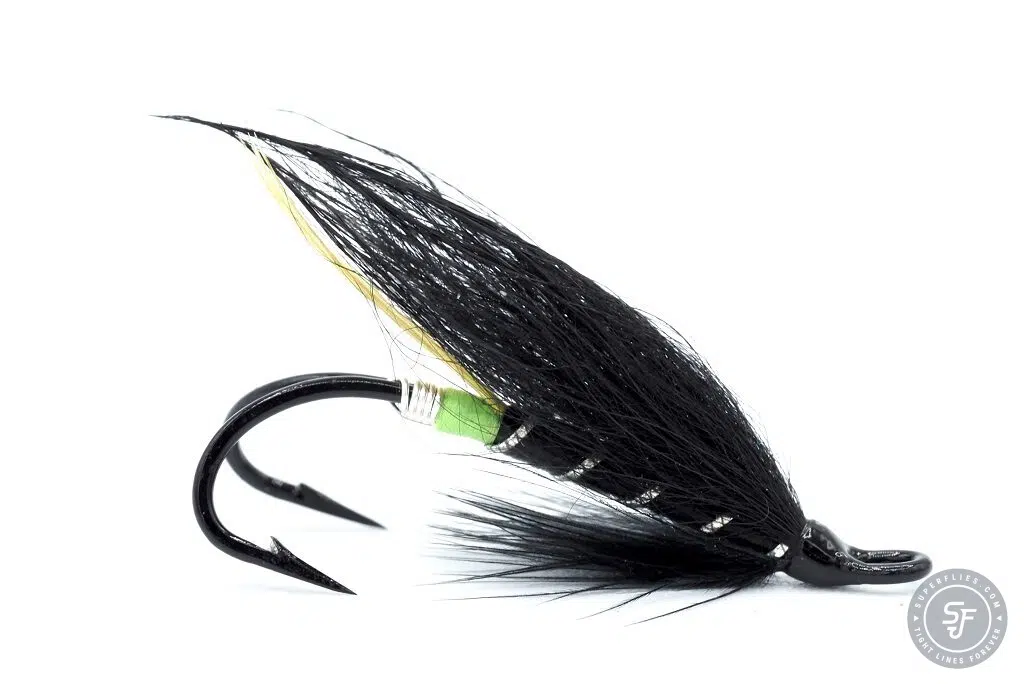
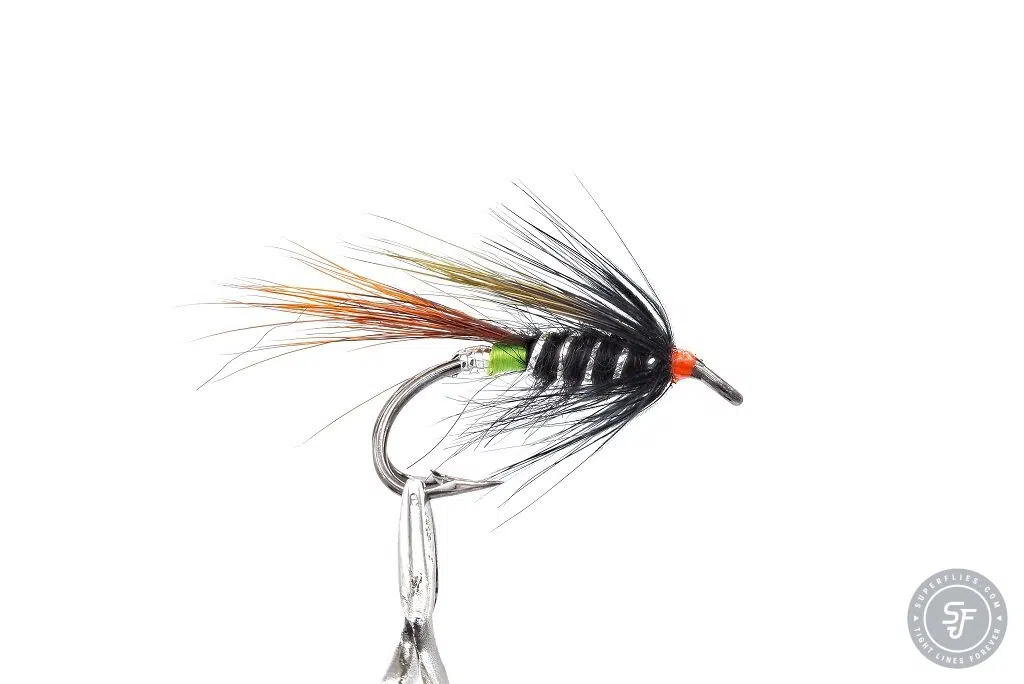
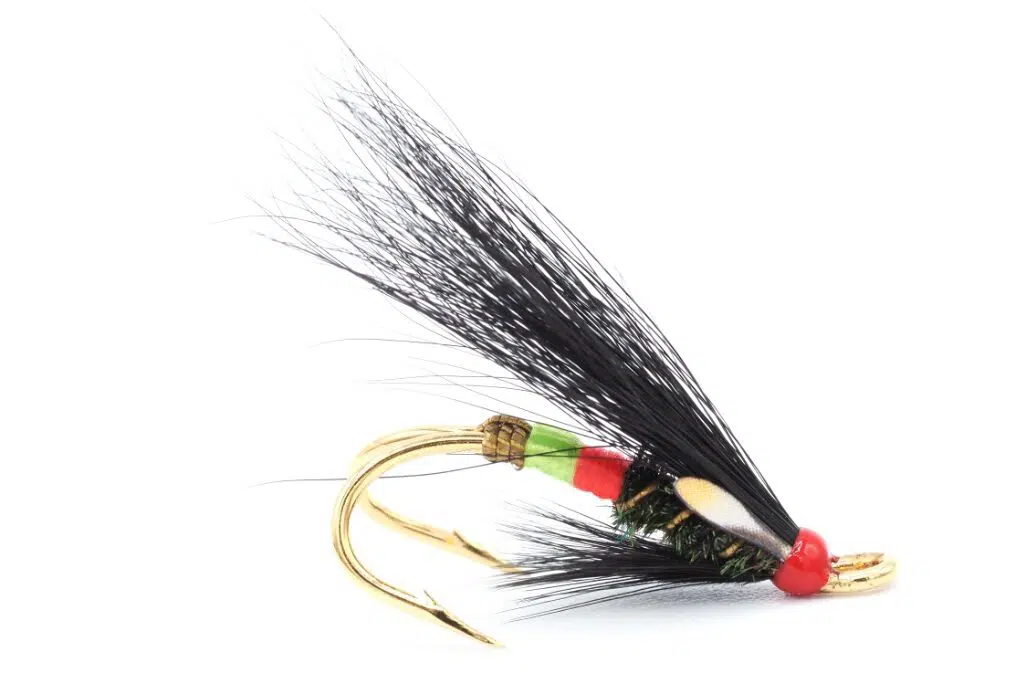
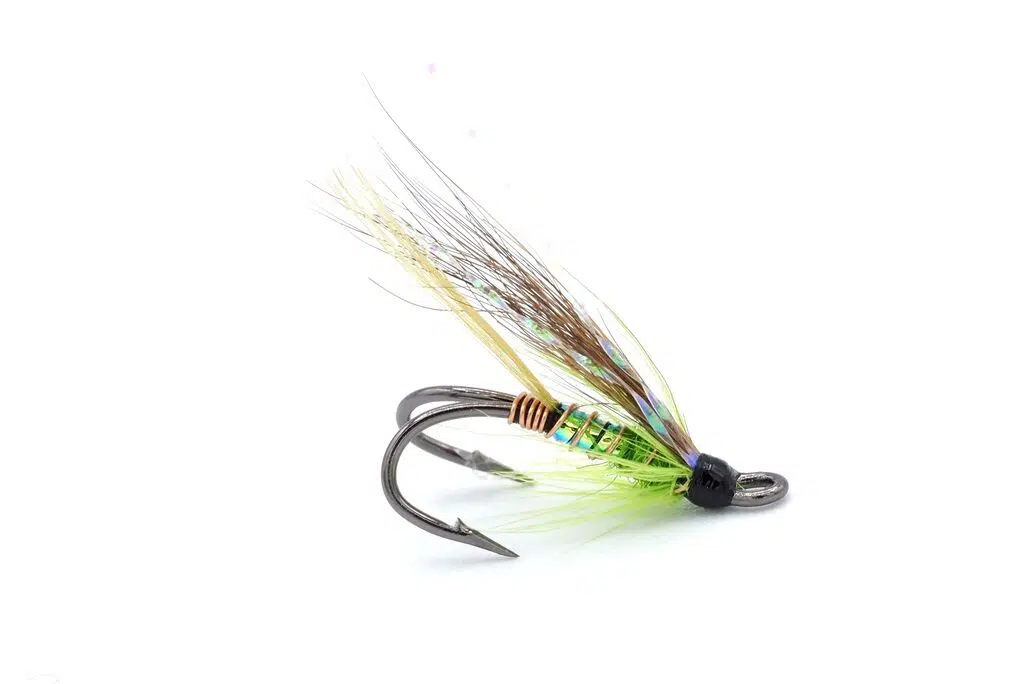
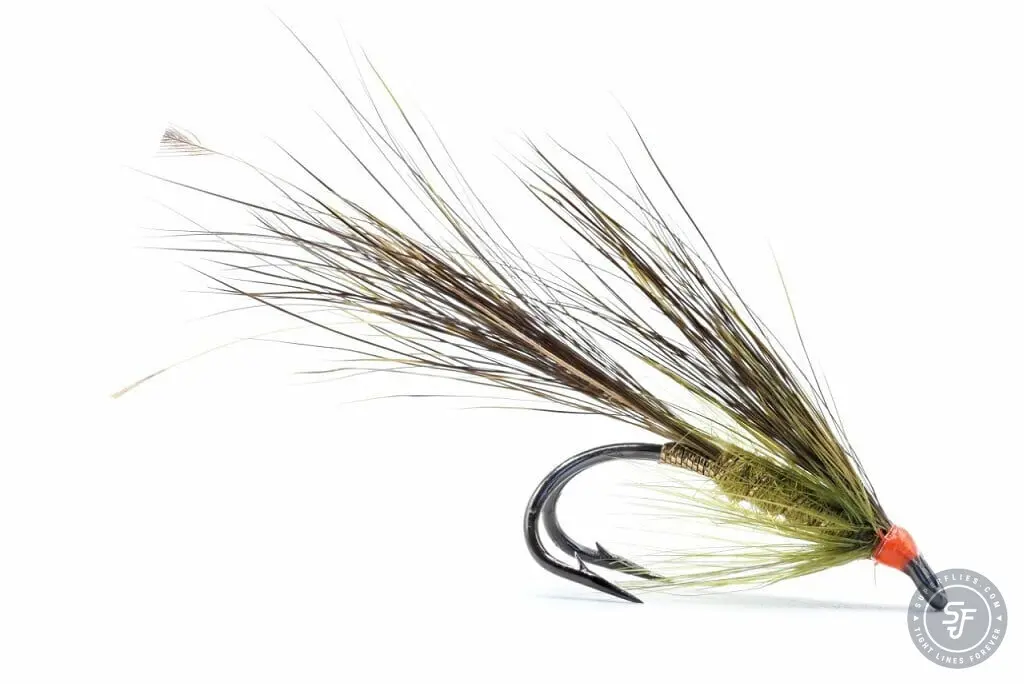
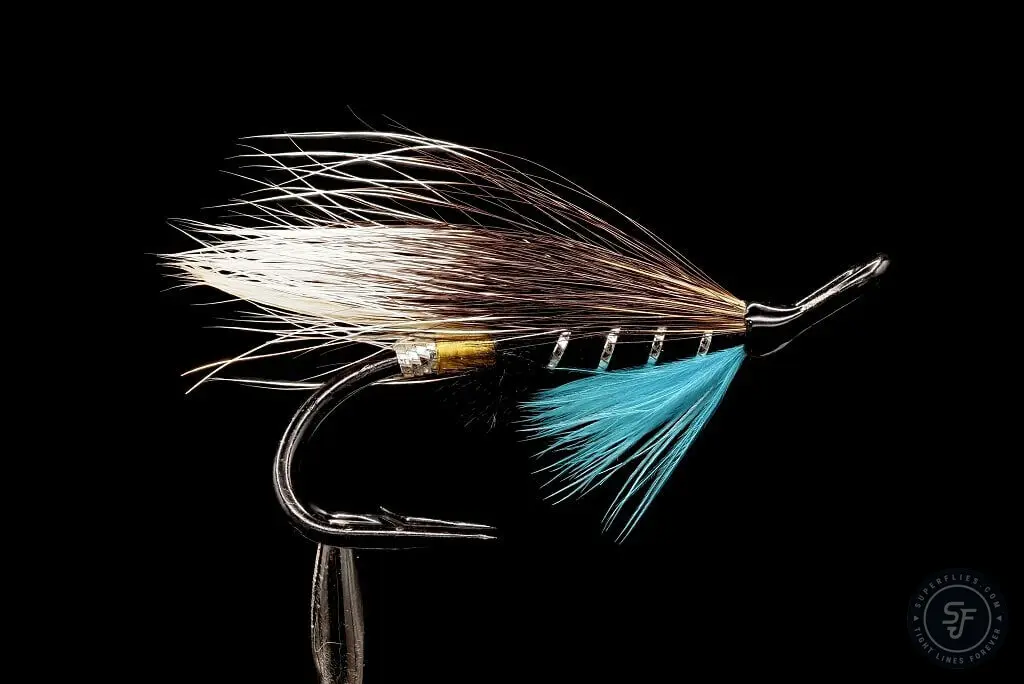
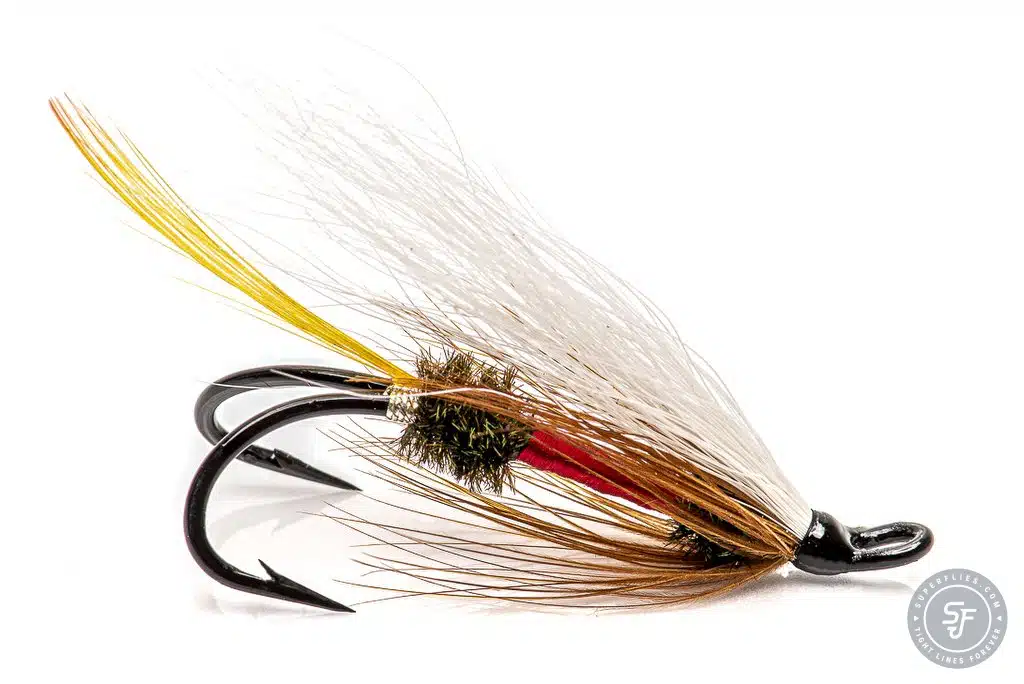
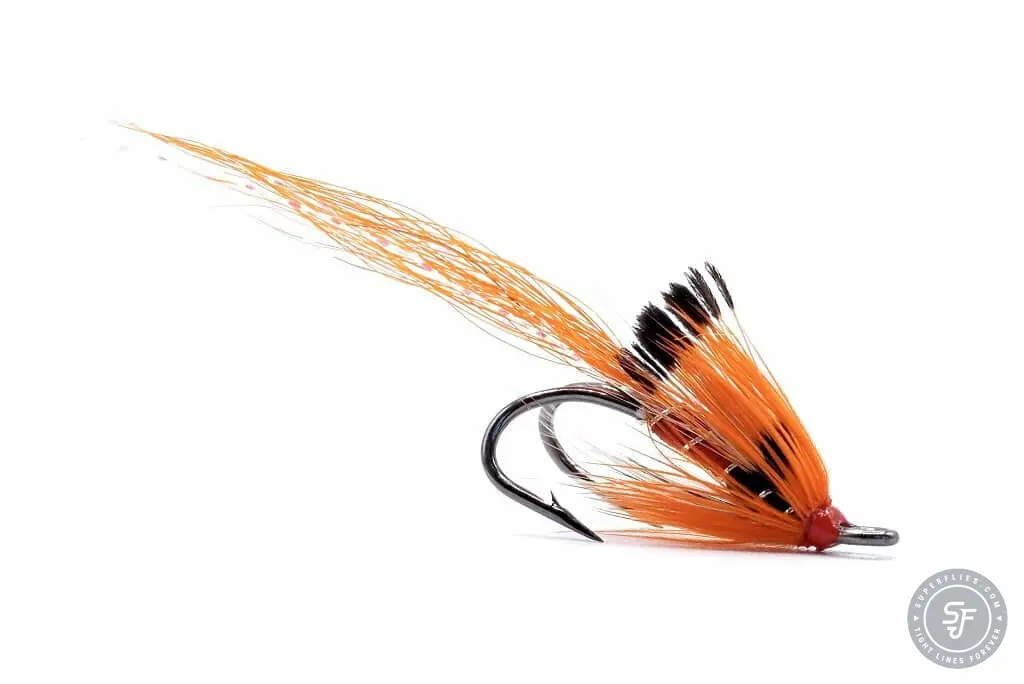
2. Choose a set of dry flies according to your taste:
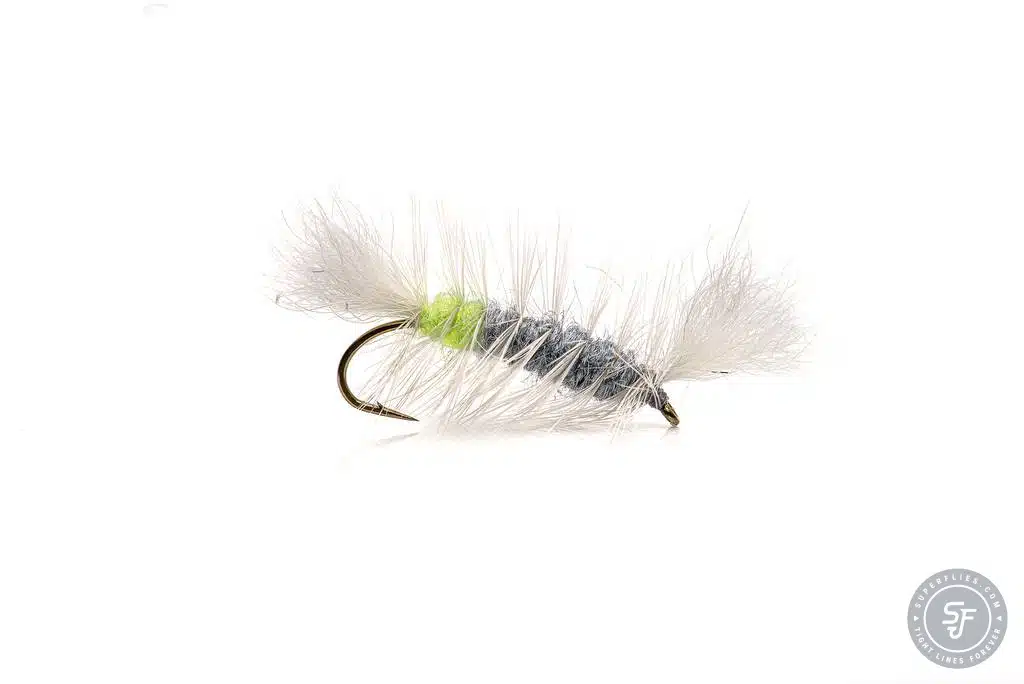
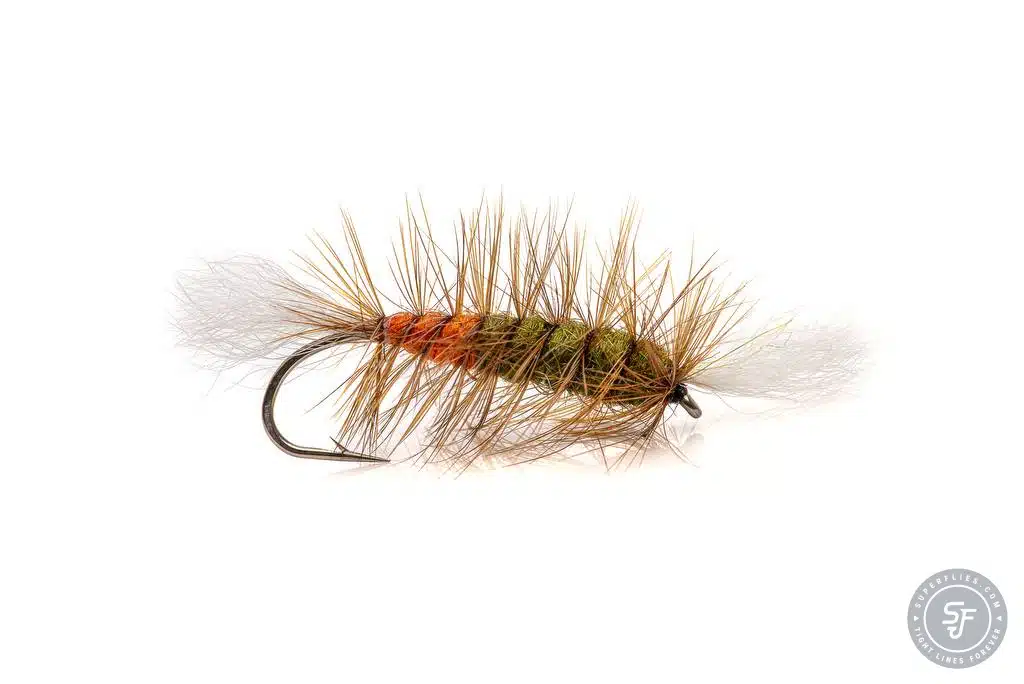
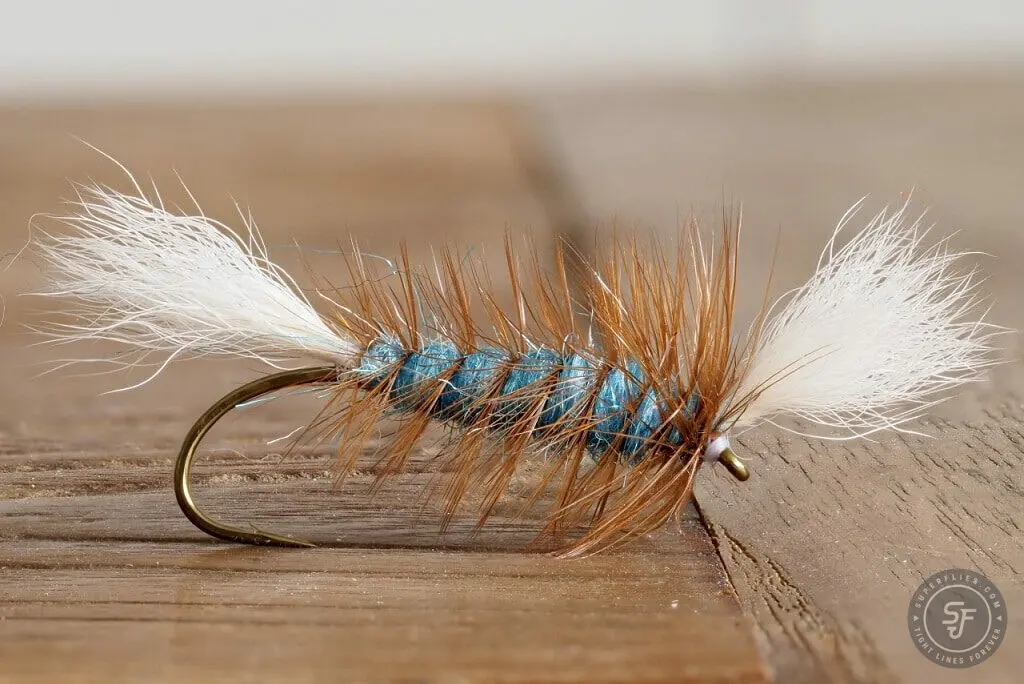
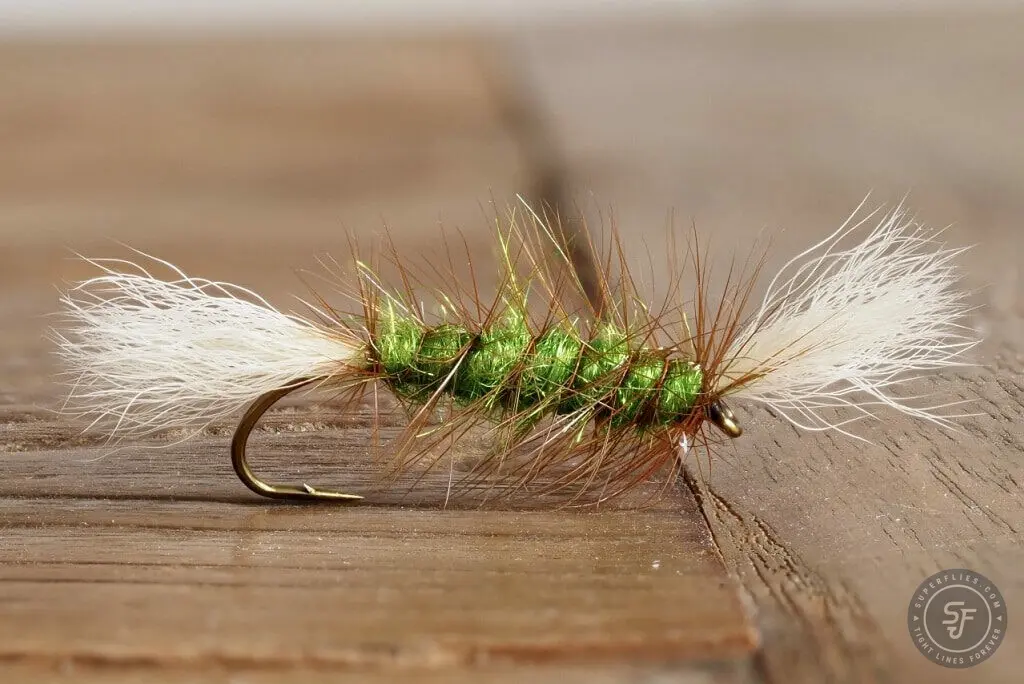
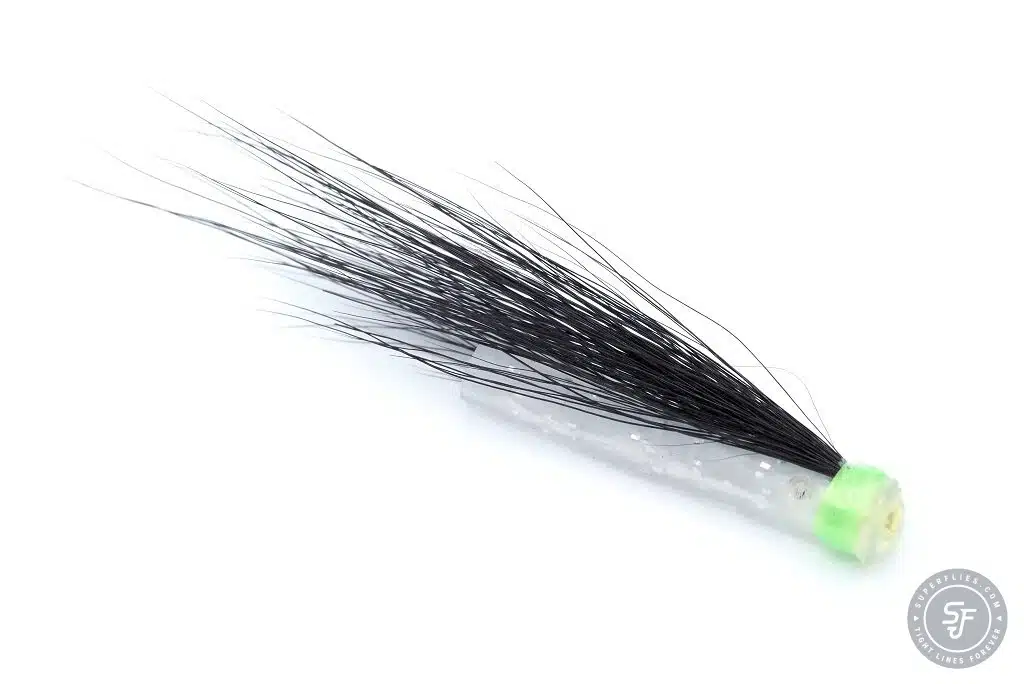
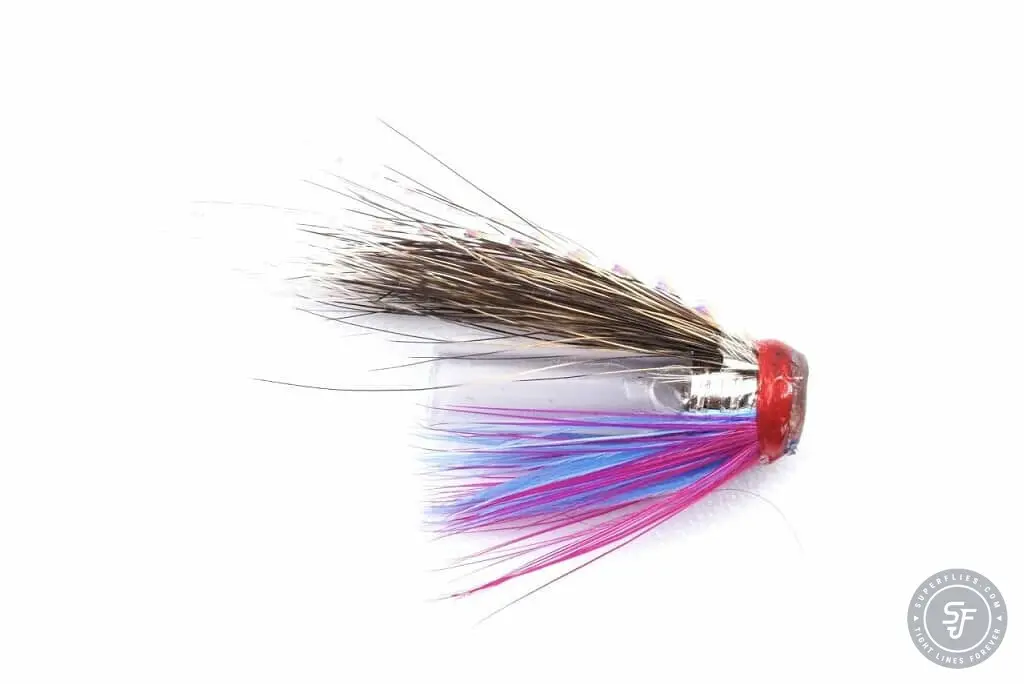
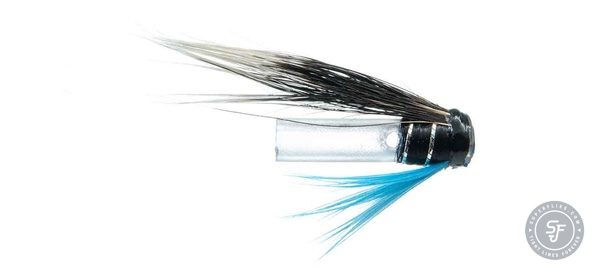
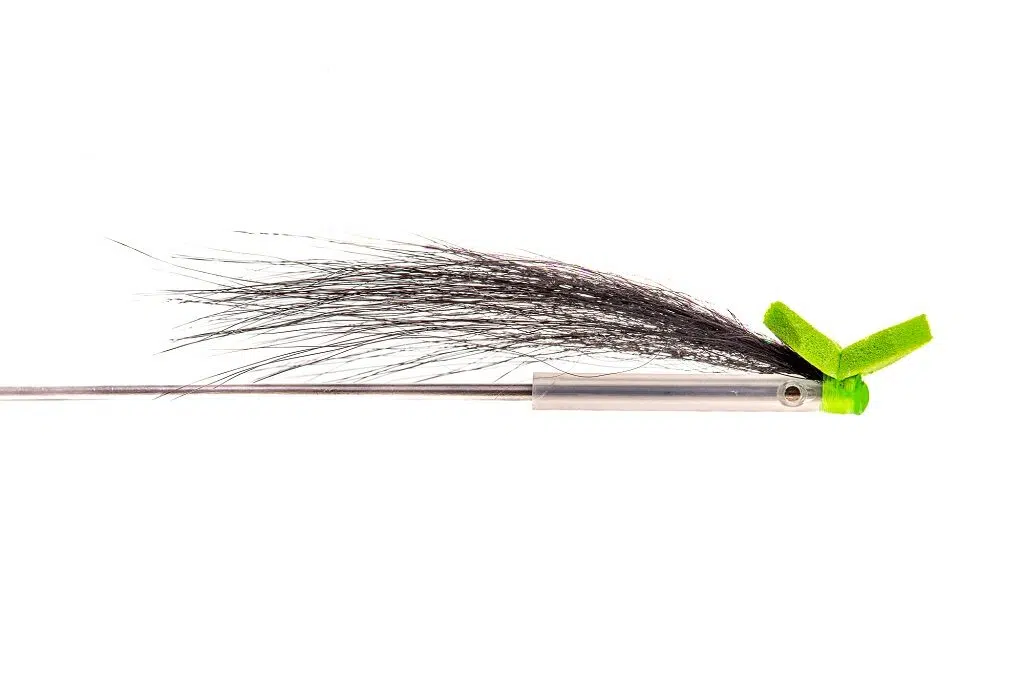
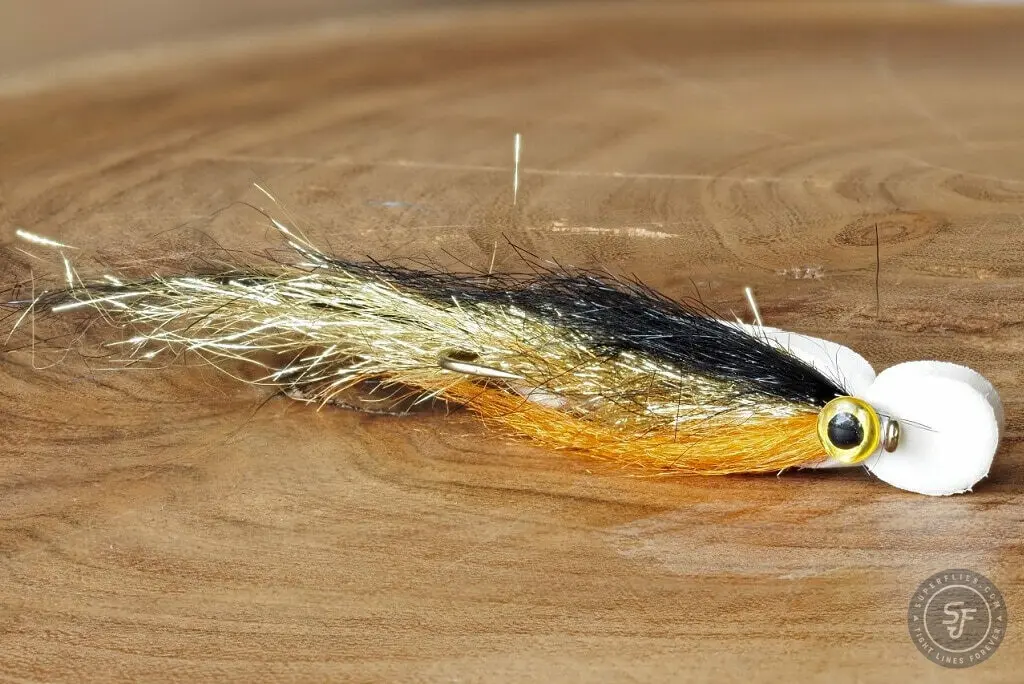
3. Pack a few big 8-15 cm Sunrays for searching
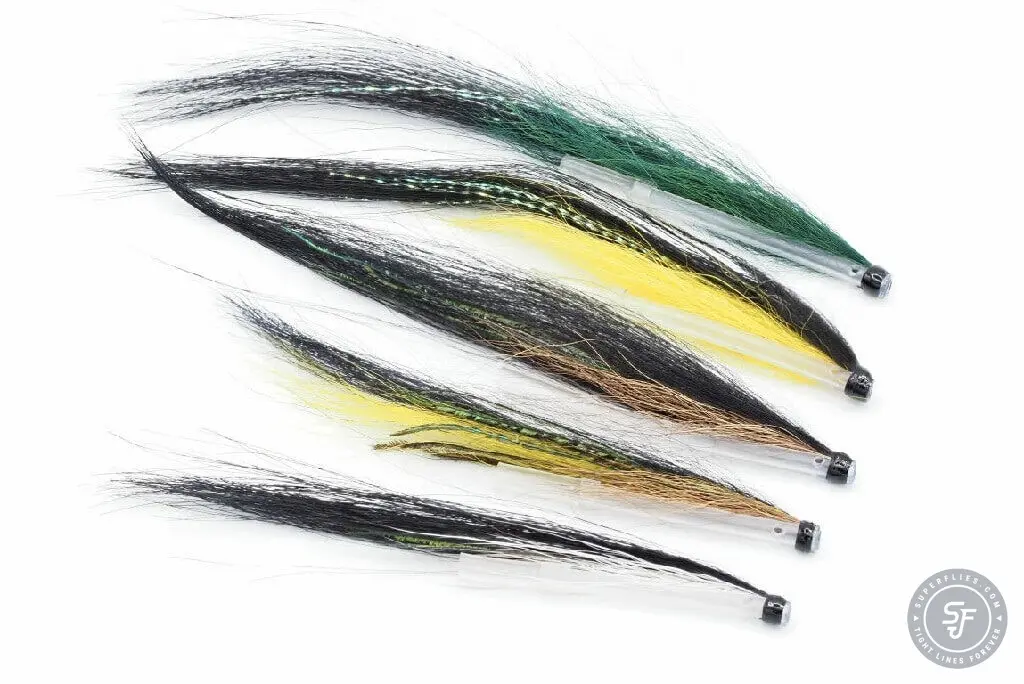
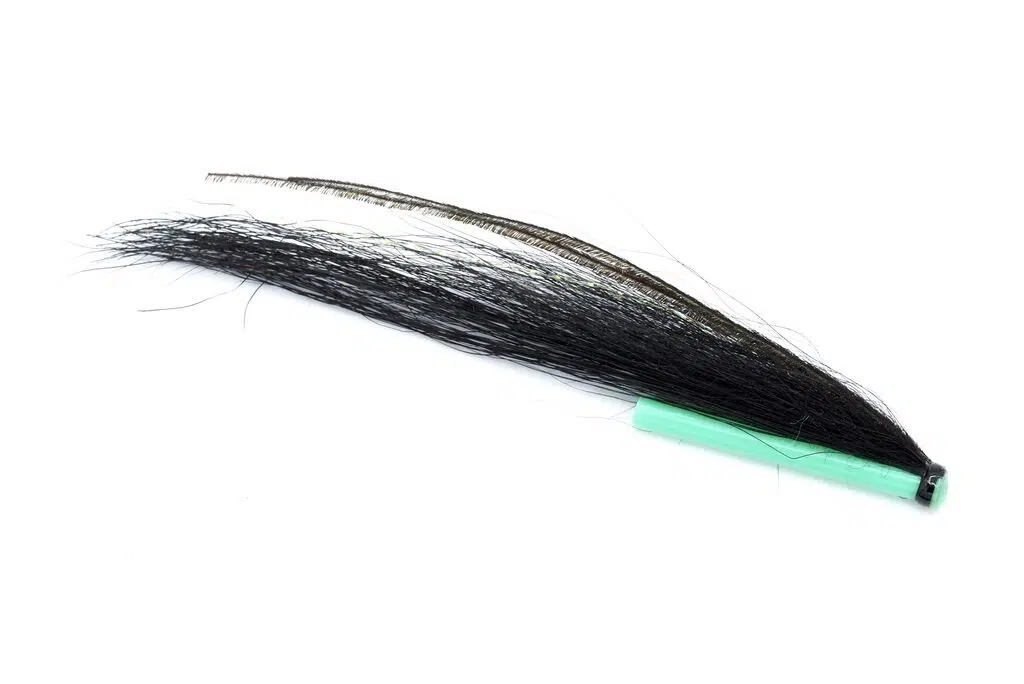
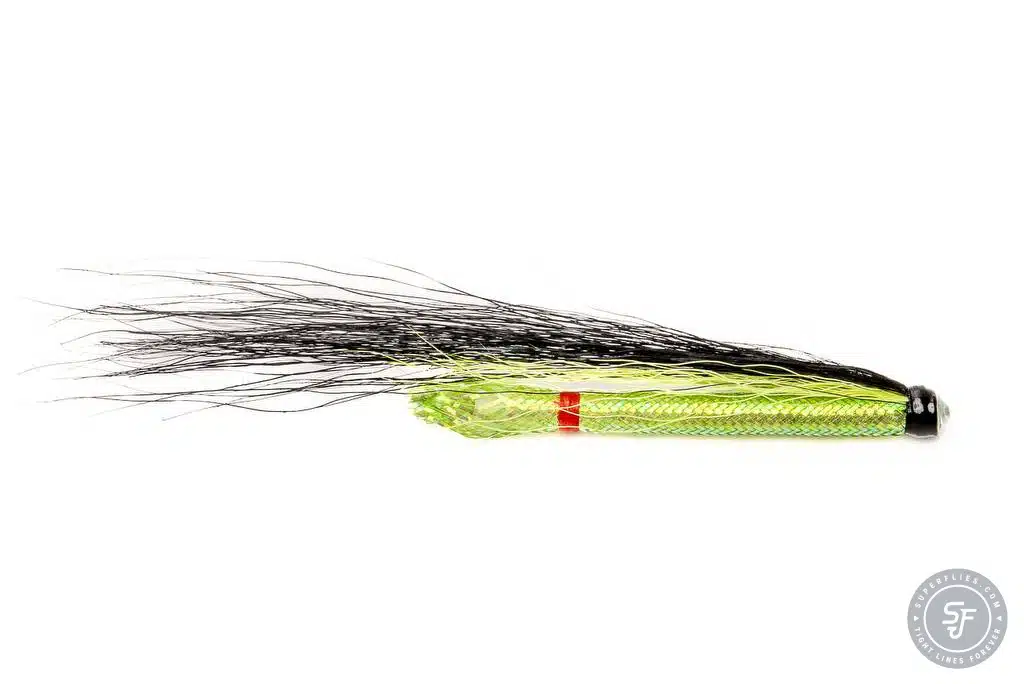
4. Optional: throw in a few wild cards to save those slow days!
